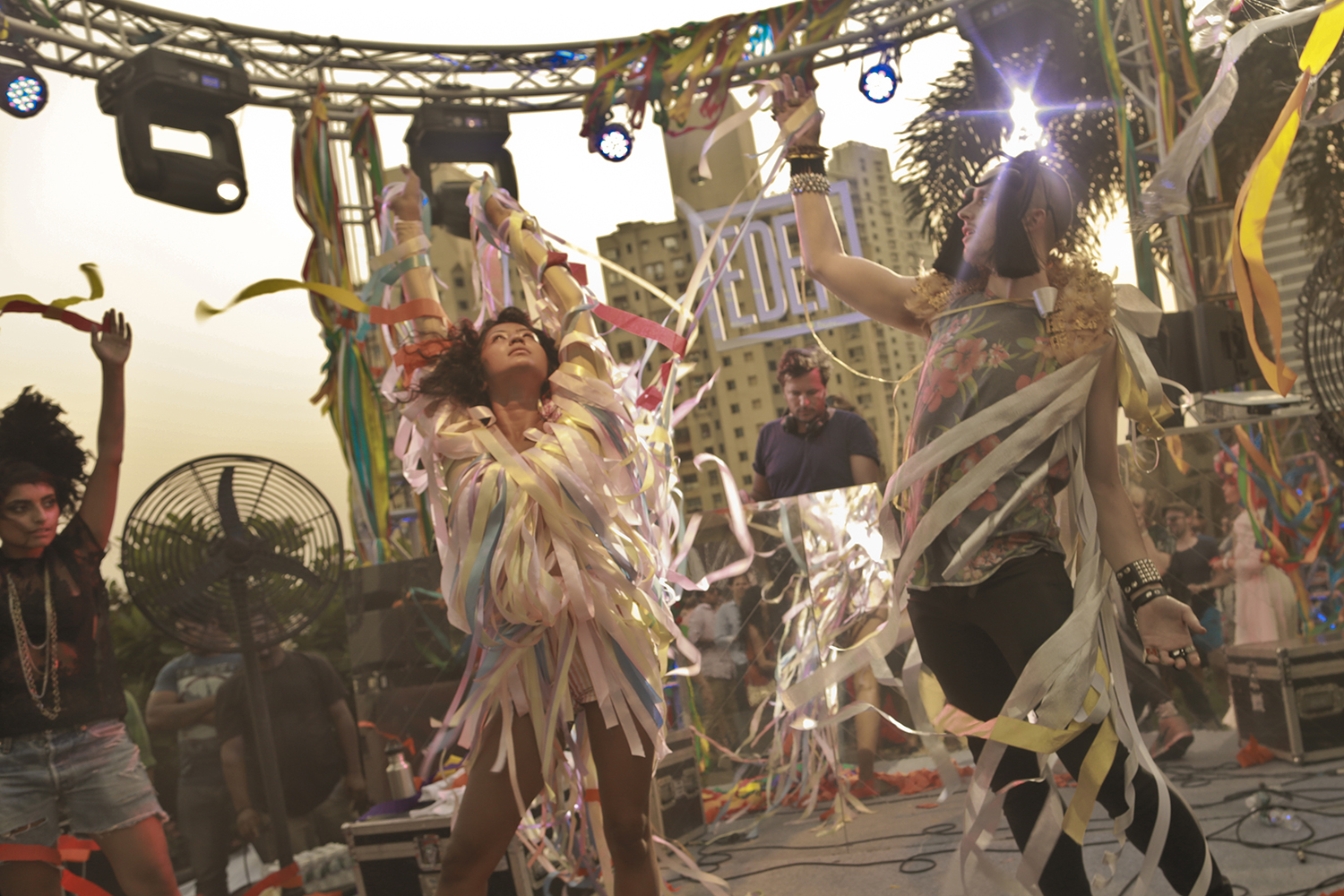15 years of EDEN (Credit: Courtesy of Bhavishyavani Future Soundz)
“Who gets in and who doesn’t?” is a quandary found at the doors of nightclubs around the world. In India, that separation is often meted out based on appearance and through the misuse of policies like “no stag”, to turn lower-class ravers away at the door in favour of higher-paying clientele. Amaan Khan probes into the factors motivating this segregation and what it might take to bring these barriers of entry down.
“Hey man! Can you help us get in?” asked my ex-flatmate over the phone last New Year’s Eve as I sat 1000km away in Mumbai. He was trying – without success – to join a celebration at the cluster of live music spaces in South Delhi. “You’re not on the list”, “no stag entry allowed”, he recited the reasons he and his male friend received instead of entry to the various venues he had casually walked in with me on several past occasions. “The treatment we received when I went with you was so different – and we could see several other people being allowed in even though they didn’t have their names on any list either. It felt like an elitist club!”
My flatmate’s experience didn’t come as a surprise. Alongside the expectation to look the part that pervades the gatekeepers of European nightlife, Indian music establishments’ reputation for profiling its visitors on the door is not a secret locally. The door managers are known to regularly turn away individuals that appear to be from a “low income” background and inconsistently decline entry to male members that are not accompanied by a female, under the pretext of the “no stag entry” rule. This impartial segregation of clientele stems from a conflict of interest by the spaces that support music gigs. In India, the 15th largest market of recorded music, there is an acute lack of small venues dedicated to music performances. Though the country has seen a regular influx of some of the world’s most exciting artists, especially DJs, like Helena Hauff, Carl Cox and Roman Flügel grace its decks, these events take place in social hubs which function as restaurants and bars during the day and make some space to create a dancefloor on selected nights of the week. Ultimately, the primary profits for these establishments come from bar and food sales, leaving the proprietors of these spaces with an inclination to want a clientele that is likely to spend beyond the entry costs.
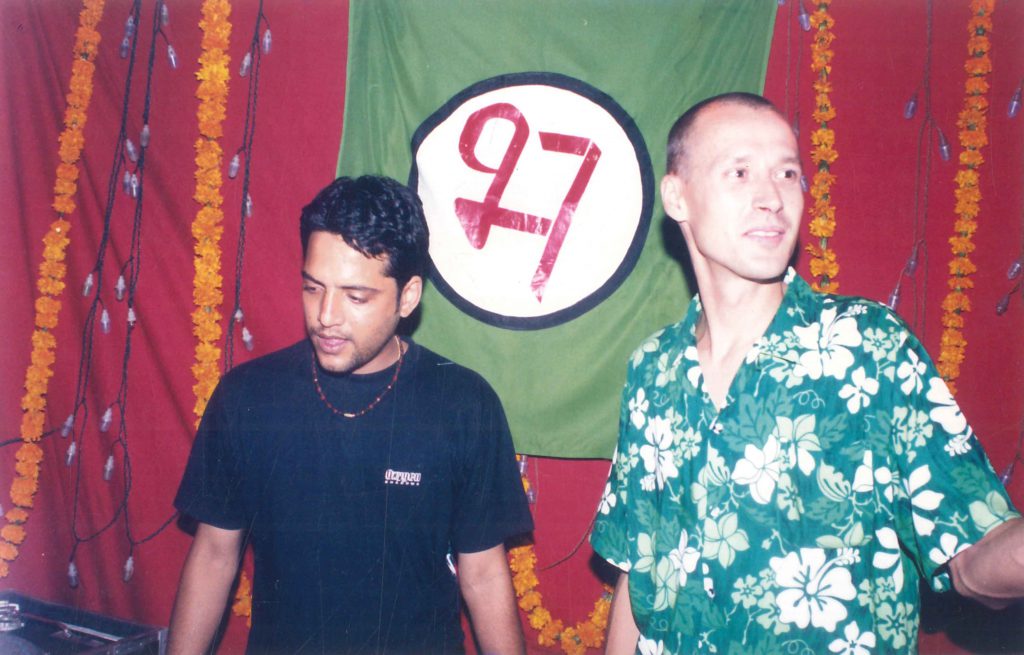
“No stags on dance floor, no sandals, and I want only cream crowd,” was the infamous demand by venue owners.
“The problem is that, in the beginning, the nice venues were not music venues. We were trying to fit music and party culture in places that were not managed by people that had any understanding,” reflects Mathieu Josso, a French ex-pat DJ living in Mumbai who now sits at the helm of India’s first DJ collective Bhavishyavani Future Soundz. Josso, along with his partners Cyril Michaud and Char Lee, joined the original group of Tejas Mangeshkar (Mr T), Ashim Ahluwalia (Insat), Kunal Rawat, Mukul Deora (DJ Bhai Saab) and Jatin Vidyarthi (Masta Justy) after working with them to bring French artist Laurent Garnier to Mumbai in 2004. At that point, Bhavishyavani had spent half a decade convincing the city’s venue owners to allow them to host one-off parties, becoming the first party-throwers in the country to make space for drum ‘n’ bass, jungle and trip-hop in establishments that only played Bollywood chart-hits with a generous peppering of Bryan Adams’ ‘Summer of ‘69’. “No stags on dance floor, no sandals, and I want only cream crowd,” was the infamous demand by venue owners that the crew had to work around to promote music rooted in subversive parties and marginalised communities.
Since then, Bhavishyavani crew has sat in close proximity and participated with fluctuating frequency in the changing landscape of India’s nightlife for over two decades. During the time, the country cultivated venues like Zenzi in Mumbai’s Bandra area and TLR in New Delhi’s Hauz Khas Village which edged away from a corporate clientele and VIP-culture toward catering to a community of middle-class young professionals and members of the creative industries. Around the 2008-2009 great recession, areas around these new establishments and parts of Bangalore gave way to clusters of venues with better understanding toward alternative music and entertained parties by a huge wave of new promoters like Bhavisyavani who highlighted the various guises of electronic music. Among the new crop of spaces, BlueFrog became the closest thing modern-day India saw to an independent music-focused venue before it had to shutter its doors within 7 months in New Delhi, and in Mumbai after a culturally significant but financially thorny 5-year run. With a slightly heightened support toward underground music, these new spaces stood in contrast to the existing commercial high-priced table-service dress code-specific nightclubs, which now interspersed Bollywood chart-toppers with global EDM hits and increasingly housed themselves in or around 5-star hotels.
Soon after, India’s underground electronic music scene sprouted its first crossover into the popular masses with Nucleya and his mix of EDM, bass and Indian traditional as well as Bollywood-esque elements. Similar success wouldn’t be felt beyond a single artist and on a wider level until the boom of hip-hop a few years later. After a steady ascent, the genre was thrust into the mass appeal by Bollywood, with its 2019 film ‘Gully Boy’ taking inspiration from and featuring artists of Mumbai’s gully rap scene (named after the densely-populated narrow lanes of India aka gullies) and West Delhi’s socio-politically conscious artists. Indian hip-hop eventually became one of the most notable examples of an alternative music movement that infiltrated the country’s plethora of music festivals, venues, nightclubs and even the charts. Yet, the rise of the genre wasn’t without its own setbacks from on-the-door profiling in India’s music spaces, which initially excluded the very communities that birthed the style.
The Economy of Events: Balancing the Profits
Even after the advent and fall of BlueFrog, the meteoric rise of Nucleya and the triumphant wave of hip-hop, India’s independent live music flourishes only in a handful of spaces consolidated in Tier 1 cities like Mumbai, New Delhi, and Bangalore. While these venues no longer explicitly advertise exclusivity, they continue to profile their attendants to ensure an audience that is likely to spend at the bar, and the resultant audience is confined to the upper and middle-class members of these cities.
“That’s the economy of events. You want to rent a good sound system and have an artist that is in good demand. You need a venue that’s large enough to fit it. You have to charge the door. You have to charge the bar,” says Josso, noting that while it works the same way all over the world, some of the costs in India, especially around taxation and licences, are too high to sustain events with lower barriers of entry and subsidised bar prices. To put Josso’s remark in perspective, in New Delhi, the combined cost of licenses to sell Indian and foreign liquor in independent venues with a capacity above 200 people can cost around 38 lakhs INR (around 44,000 euros) per year, and to sell liquor at a one-off event on a designated location will set you back by a lakh (around 1,150 euros), on top of the taxes. The entry on a weekend alone at the aforementioned live music-hosting spaces is usually priced around 4 euros. Meanwhile, the daily wage of an average male city worker is reported just above 5 euros amidst a society with stark economic divide.
Alongside the obvious reduction of the license fee and taxes, Josso wishes for doing away with the early curfew time. A longer time frame can allow a party to have a larger turnover of audience within a single night while also leaving the attendees more time to buy drinks – ultimately, making subsidised prices more feasible. In New Delhi, events are expected to finish by 1 am, and half an hour later in Mumbai, leaving only a limited time to make enough bar sales to cover the costs with an audience that trickles in around 10 pm. Josso adds, “You can accommodate more people in a longer period. That is something I have always found to be a restriction. Also, club music is not supposed to be enjoyed for just an hour and a half!”
Ultimately, the smaller time frame leaves the venue proprietors the incentive to be drawn towards fans that appear more likely to shell out on expensive drinks on top of the entry costs. “It’s not like I want to attract just everyone. I want people who are into it,” continues Josso. “But it’s quite disappointing when you have young kids who found us on the net and love this music and would like to experience a good party but are left at the door because of the way they are dressed, because they are not twenty or look a bit young,” he says, contrasting the usual experience of throwing parties at established venues where he didn’t have much say in the door policy against the handful of times when he did.
After nearly two decades of it, however, Josso is eyeing a change for the positive. There is heightened awareness around inclusivity and the mandates of the experience of dance music itself as younger people, a more global generation and artists themselves take charge at the venues.
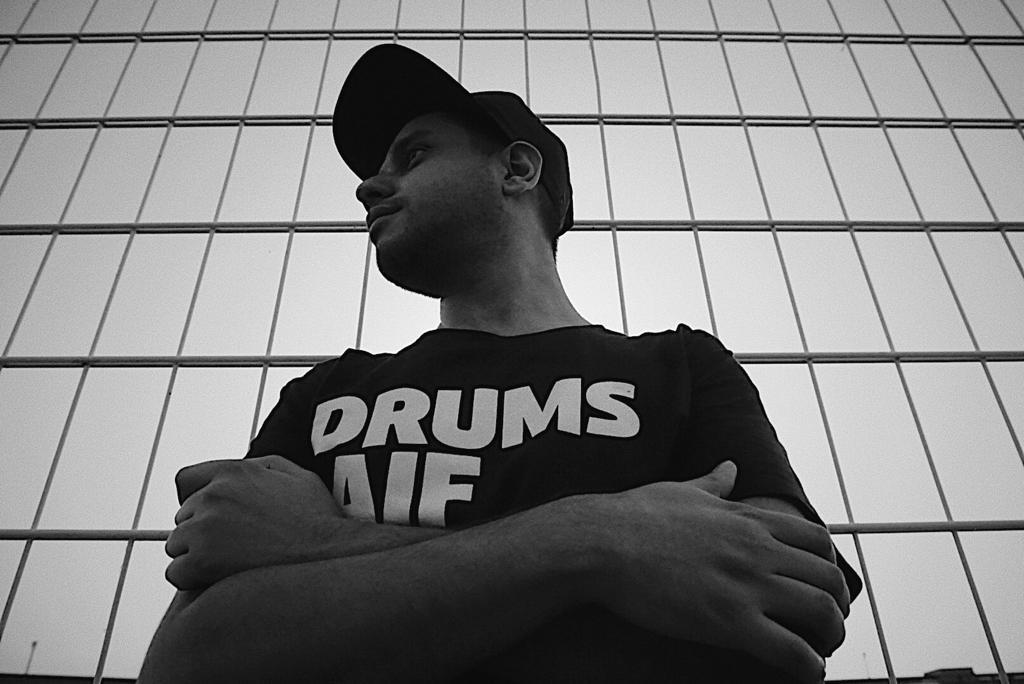
One such artist is Sanil Sudan. With international tours and a Boiler Room appearance under his belt, Sudan is one of the country’s respected DJs and producers functioning primarily under his moniker FILM. On the side, he handles the artist and entertainment bookings at the two adjacent venues of New Delhi’s Auro Kitchen & Bar and Summer House Cafe. “It’s a balance game,” he remarks. “I have to balance trendy stuff and do the usual commercial stuff. I think my whole idea is to make the numbers work, so it makes sense for the venue that I’m spending all this money on artists. To cater to the lower-income group, I don’t think you can fix that overnight.”
While Josso hopes for government support to take music outside the existing venues to more open-air spaces and also suggests revitalizing Mumbai’s dilapidated textile mills for parties, Sudan puts his faith in lobbying to have reforms in excise laws, licensing and security to allow for music-focused establishments. He, of course, has the added reason of battling with the higher legal drinking age of 25 in New Delhi, compared to 21 in Mumbai (for beers) and Bangalore, due to which it’s harder for establishments to tap into the younger college crowd.
No Stags: An Imperfect Approach to Inclusivity
“We need venues. People keep confusing that this is not an empty room with a bar. I would have loved that!” adds Sudan, reiterating the mandate of also maintaining the space as a social drink and dining hub, which presents problems that dedicated music spaces have to deal with at a lesser degree. “This is a hotspot for people to come and hang out. So now, if you have only 300 dudes just hanging about a place, you’ll probably find that women are not comfortable coming to the venue to even drink.”
To strike a better gender balance, most nightclubs and venues in India employ the “no stag entry” rule which requires men to be accompanied by women to gain entry to the venue. The primary reasoning given behind the rule is to keep out men who may be out to leer at women.
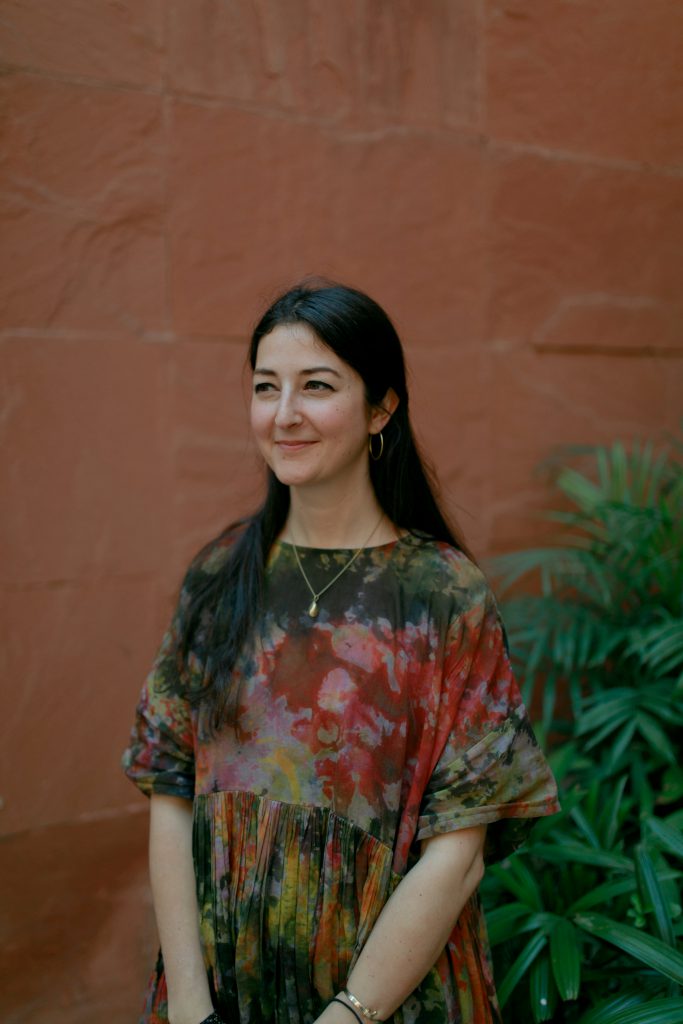
“There does seem to be a high volume of predatory men that go out and I think the no stag rule definitely can act as a deterrent but I don’t think it should be used in isolation.”
Sarah Elizabeth Chawla, co-founder of Wild City
“There does seem to be a high volume of predatory men that go out and I think the no stag rule definitely can act as a deterrent but I don’t think it should be used in isolation,” inputs Sarah Elizabeth Chawla, co-founder of online publication and events company Wild City and one of India’s premier music festival Magnetic Fields (Disclaimer: I am currently employed at Wild City). Alongside throwing events, Sarah has led efforts in promoting female participation and visibility within India’s nightlife by organizing programmes like DJ-ing and production workshops, talks around nightlife laws and security staff training. “[The no stag entry rule] has to be used in conjunction with lots of other policies, everything from gender sensitization training for staff to clear communication about how venues operate with a zero-tolerance policy toward any kind of harassment or discrimination.”
Though presented with a good intention, the “no stag entry” rule comes with its own grey areas, notably causing gay couples being denied entry and having their status as a couple being questioned. This further leaves things to the discretion of the door manager, who is often the venue manager. In a country that only decriminalised homosexuality in 2018 (marriages still remain unrecognized) and is still grappling with caste-based violence, this can leave a lot to personal biases.
Sarah also adds that the rule should not be used to keep out men who want to attend the event for the music. To allay that, promoters and venues must work together to communicate the rule to the audience beforehand. Eager fans should be provided with the opportunity to contact the hosts directly in advance to request the exception of being allowed in despite being unaccompanied by a girl. While recognising that it may not always be possible, Sarah remarks that having someone from the event organizers be present at the door goes a long way in fairer door management. The security personnel and door staff are mostly individuals without the understanding or familiarity with the specifics of a particular event, its genre and sub-culture. Therefore, their judgement around who is there for the music and who is not can be problematically limited, and can benefit from the insight of the event hosts – though still risking turning away any underexperienced club-goer. Sarah concludes, “It’s about working in tandem with the doormen, and the bouncers and the security team to brief them on what the door policy is and why that is.”
“Sometimes there’s been a straight guy who only wants to come to listen to the music and they got stopped at the door and then I’ve got it sorted out. I asked the door manager what was the problem, and he says, ‘He kinda didn’t look like he belongs here.’” adds Sudan, remarking that certain personnel estimate who is there for the music or not better than the others. Similar to Sarah’s suggestion, he proposes the idea that people who are more familiar with partying and its audience should manage the doors. However, recalling his experience of attempting to do so only to end up getting in a fight with a political figure for turning him away, Sudan points out that one would require an additional skill of profiling and confrontation-management that is more unique to India. In a country which has a rating of 41 (on a scale of 100) on the corruption perceptions index, the door managers need to be constantly wary of who they are disappointing by turning away and the potential repercussions of it. Sudan continues: “I’ve had people threaten me. Our manager had to go missing. Somebody had threatened to pick up his family and all that. In Delhi, this has happened. You never know who’s connected to who.”
In the end, with enough uncertain factors affecting the decision of who gets in or who doesn’t, it’s hard to pin down why my ex-flatmate and his friend, who actually earn more than me and therefore can spend more than me, found themselves denied entry in their best outfits last New Year’s Eve, while I had strolled in the same establishments in my all-black freebie music festival apparels several times before.
Onus of Inclusivity and the Way Forward
As much as I’d like to antagonize these venues for putting profit at par with music (and perhaps for denying entry to my flatmate), Sudan argues that these are the venues that do not always prioritize large profits and take the risks to cater to a regular younger audience of 500-700 people in a landscape which only had spaces catering to older “spenders” with accumulated wealth. Eventually, if the biased barriers of entry are successfully erased, who in the end is getting in? The majority of the country’s population does, after all, prefer the Bollywood chart-toppers with a heavy garnish of global EDM hits.
The success cases of Nucleya and especially hip-hop, though not quite perfect, are the closest the country has come to have a non-Bollywood musical strand grow beyond its dedicated bubble.
“Just because hip-hop culture has started to come to the forefront, venues understand that there is a change coming,” says Mo Joshi, co-founder of hip-hop label Azadi Records. The recent popularity of the genre has given promoters and artists something to leverage with, allowing them to choose to work with venues that provide a genuinely interested audience – and the venues are becoming wary of that. He adds, “If you’re limiting the people that are there for the music to get in, for whatever reason, the vibe in that place is going to be different.”
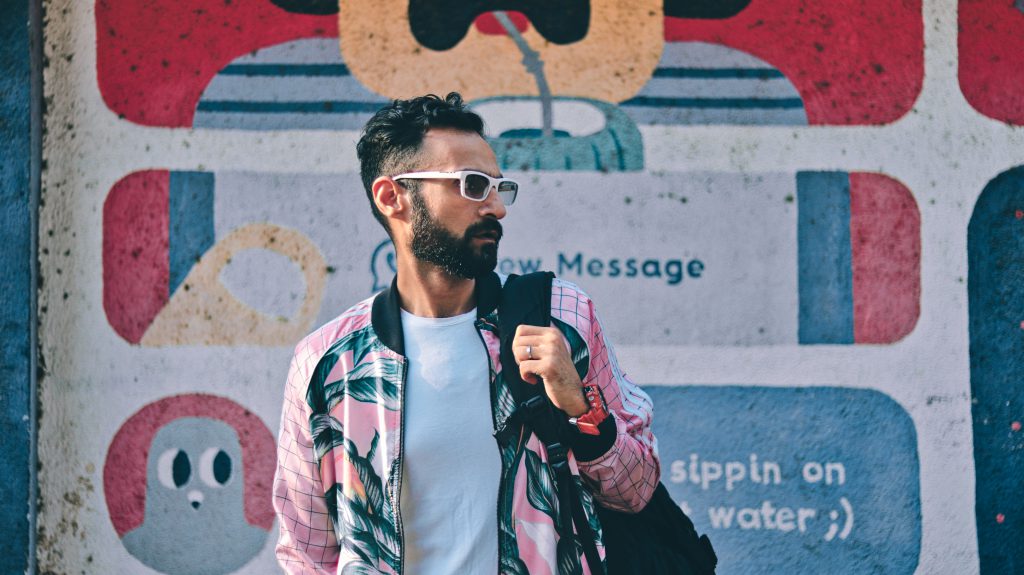
“I used to live in Chandigarh, and in Chandigarh, everywhere there is the no stag rule. But they never told me ‘no stags’, because I jumped out of a BMW and I walked into the club. So, the no stag rule is bullshit. It just depends on who you are.”
Mo Joshi, co-founder of Azadi Records
Joshi remarks that several existing venue policies had to be negotiated against to make way for the events which saw a higher number of under-25s wanting to attend, than at events of most other genres. The label had to fight for special wristbands for attendees under the legal drinking age, waiving of door profiling, stag entry and ticket price reductions – with fortunate proactive assistance from selected venues at first and then increasingly easily as the label built its reputation. Joshi notes that in the formative days of the label back in 2017 and 2018, several venues would impose the “no stag entry” rule, but now it’s one of the first things he clarifies. “85% of the audience at a hip-hop gig is male, so how can you have no stags? It doesn’t make sense,” he continues, elaborating on the inconsistency around the rule with personal recollections. “I used to live in Chandigarh, and in Chandigarh, everywhere there is the no stag rule. But they never told me ‘no stags’, because I jumped out of a BMW and I walked into the club. So, the no stag rule is bullshit. It just depends on who you are.”
These negotiations came at the price of taking less money from the venue and incurring losses. For the majority of the first two years since its start in 2017, the New Delhi-based label lost hundreds of thousands of rupees with each label showcase and tour, proving Sudan’s argument that it’s going to take personal gambles if alternative music is to expand outside the exclusive self-contained community of Tier 1 cities. “We are stuck with this niche market which can blow up if people think of moving beyond this South Delhi space. But is somebody willing to take that risk?” Sudan quips.
In Joshi’s experience, there is no shortage of people who are willing to take the chances as long as the efforts are off the back of trust and clear dialogue. “When you’ve built a relationship with a venue, and you’ve worked together for a few times, and they understand who you are and the type of audience you bring in, they’re more receptive to your ideas,” he adds, echoing Sarah’s sentiment that the onus of inclusivity at the door and beyond rests with all the key players working together. “It’s really down to the people that make these things happen. It’s everyone included. It’s not a venue issue. It’s not a promoter. It’s not an artist. It’s everyone.”
This article is part of the Global GROOVE: Electronic Music Journalism series, hosted by GROOVE in collaboration with the Goethe-Institut. Read all other articles here.
About the author: Amaan Khan is a music journalist born and raised in India. He is a writer at Wild City, a platform which claims to be “India’s essential online guide for alternative music and culture” and also has been writing for Border Movement. Amaan is currently based in Mumbai but used to work out of New Delhi before the country went into lockdown.
